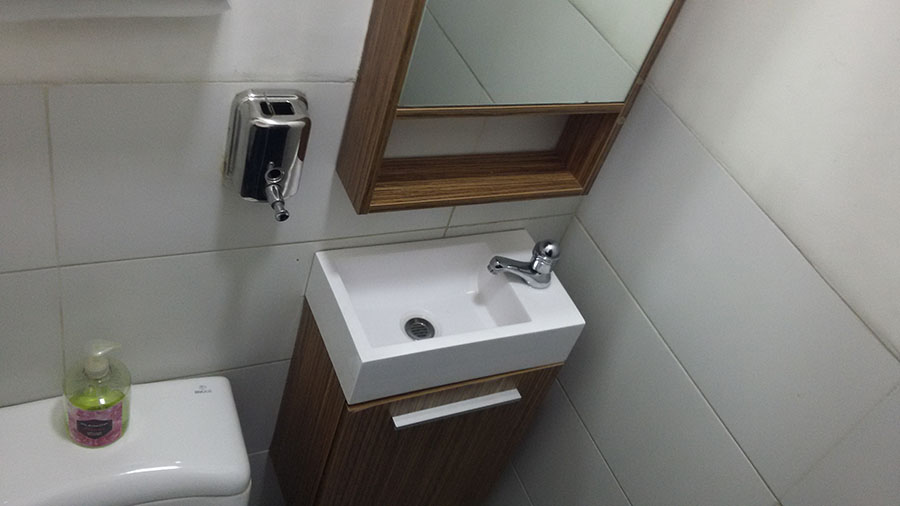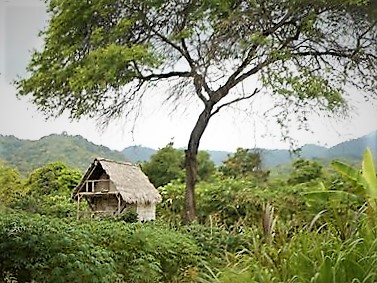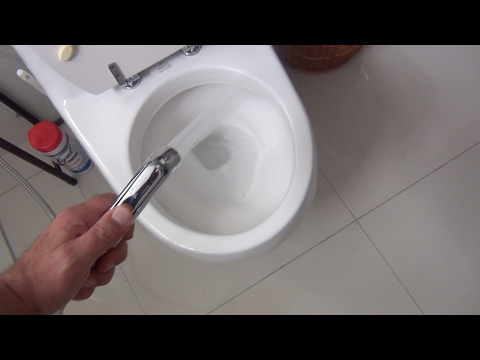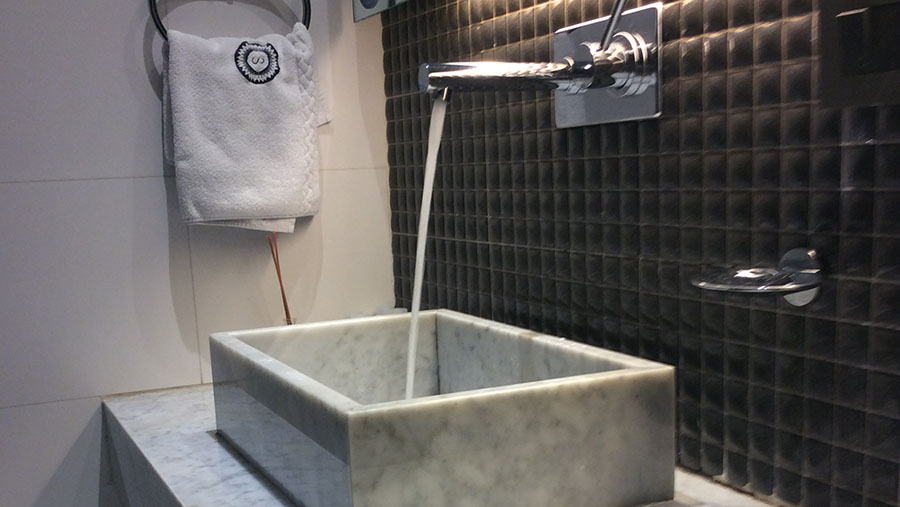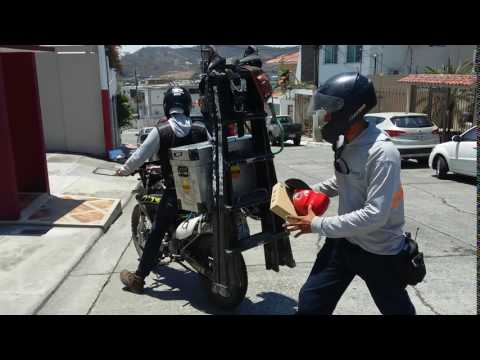Front-yard factories dot the coast road in Ecuador and Columbia
The live/work lifestyle is a common way of life for Ecuador’s poor. Every household seems to run a small business, whether it’s a convenience store on the front porch, a shoe maker’s shop in the living room, or many times, it’s manufacturing concrete block in the front yard.
Along the coastal road that stretches from Columbia to Peru, along Ecuador’s Pacific Ocean corridor, it’s not uncommon to see roadside stands selling homemade concrete blocks.
The factory typically consists of one or two artisanal blockmakers racing to press as many blocks as they can in a day under the shade of a makeshift canopy.
The process is simple: the blockmakers blend sand and Portland cement in a damp-dry mix and then pack it tightly into a press to mold various types of blocks and then set the blocks in the sun to dry.
The raw materials come cheap, especially the sand, which the blockmakers mine on the beaches. One drawback to this sea sand comes with salinity and seashells, the salts break down concrete and rebar prematurely. You can see this in the older buildings, where the concrete block becomes swiss cheese.
I ask Fredy Gonzalez [in marron sweatshirt] how much more it would cost to buy good, river sand that won’t pit and crumble with time, and he says it could add as much as $0.10 to a block and people would not pay the difference.
For non-structural uses, such as garden walls, the sea-sand block is perfectly adequate, and I even find beauty in a building material that naturally “biodegrades”.
I have seen some very ugly structures scaling and blistering into dust that blows with the wind thanks to this marvelous disappearing block.
But when used for home and hotel construction, the result is what we witnessed during the 7.8 magnitude earthquake that struck northwestern Ecuador in 2016, where collapsing buildings kill and injured several thousand.
Nonetheless, it all begins with the mix. It’s extremely dry, which allows Fredy and his brother to pack the material quickly and neatly into their molds. Using little water makes for a stronger block that holds its shape to dry in the sun.
The block makers seem to race each other, and one can produce about 200 units daily, which sell for $0.38 apiece. The blocks come in several shapes and sizes, depending on how many molds the block-maker owns, and what the customers want. A block-making mold costs about $60.00.
A few blocks from Freddy, Wilson Pozo has an even simpler, but highly profitable operation. He makes column blocks in one simple mold. Wilson tells me he can produce nearly 300 blocks a day, which people stop and buy for $0.40 a piece. I don’t know that he can sell 300 a day, but if he could, this represents nearly $100 profit in a country where decent wages are as little as $18 a day.
Freddy was a mechanic ten years ago but found block making not only more profitable than fixing cars but liberating since he can hustle a few days and then sell from the stock lined up in the yard, giving him the freedom to enjoy time with his family and beautiful daughter.
—Fernando Pagés Ruiz is currently splitting time between building houses in Colorado and Ecuador. He is the Latin America Editor of ProTradeCraft and author of several books, including Building an Affordable House and Affordable Remodel.

